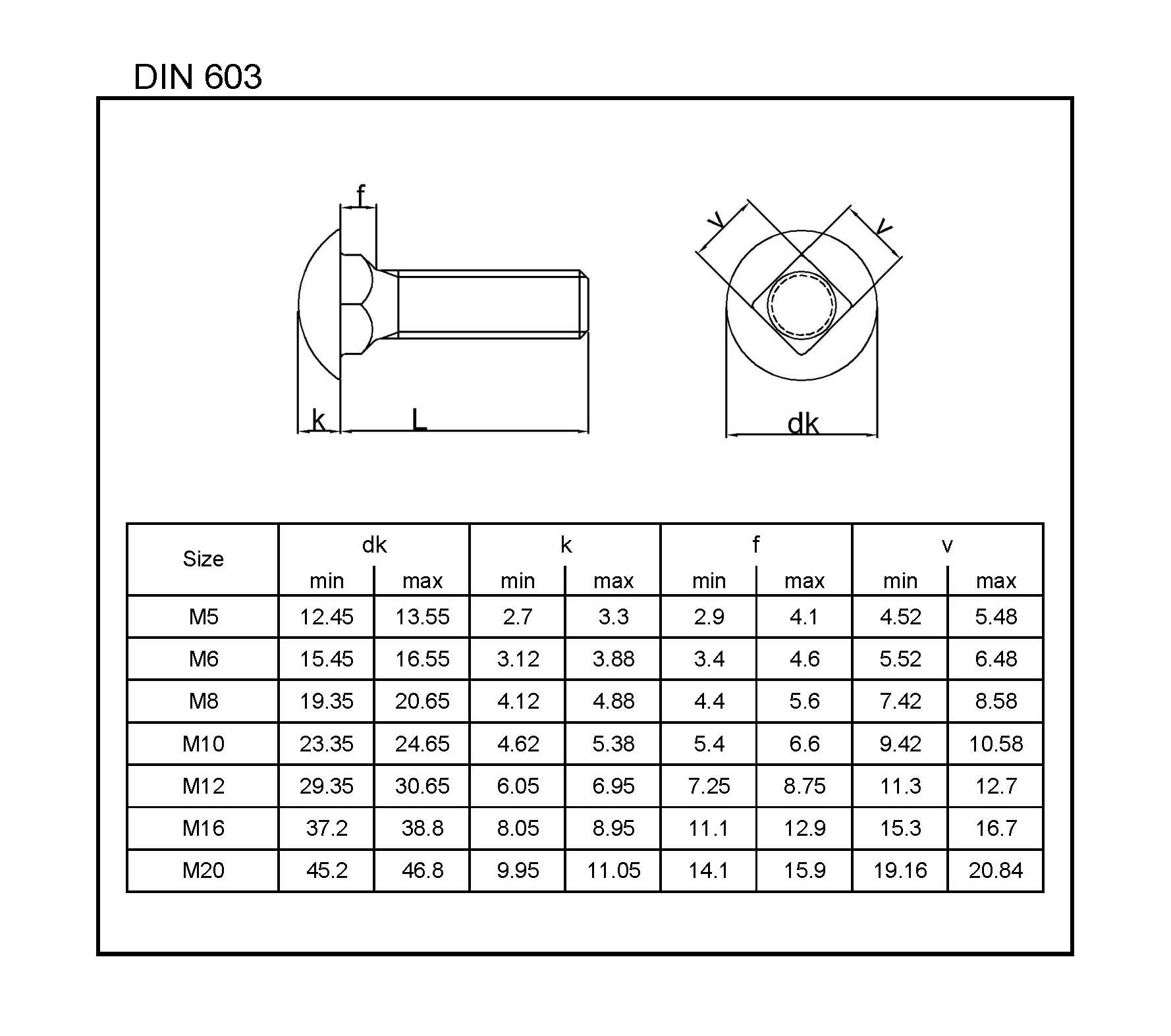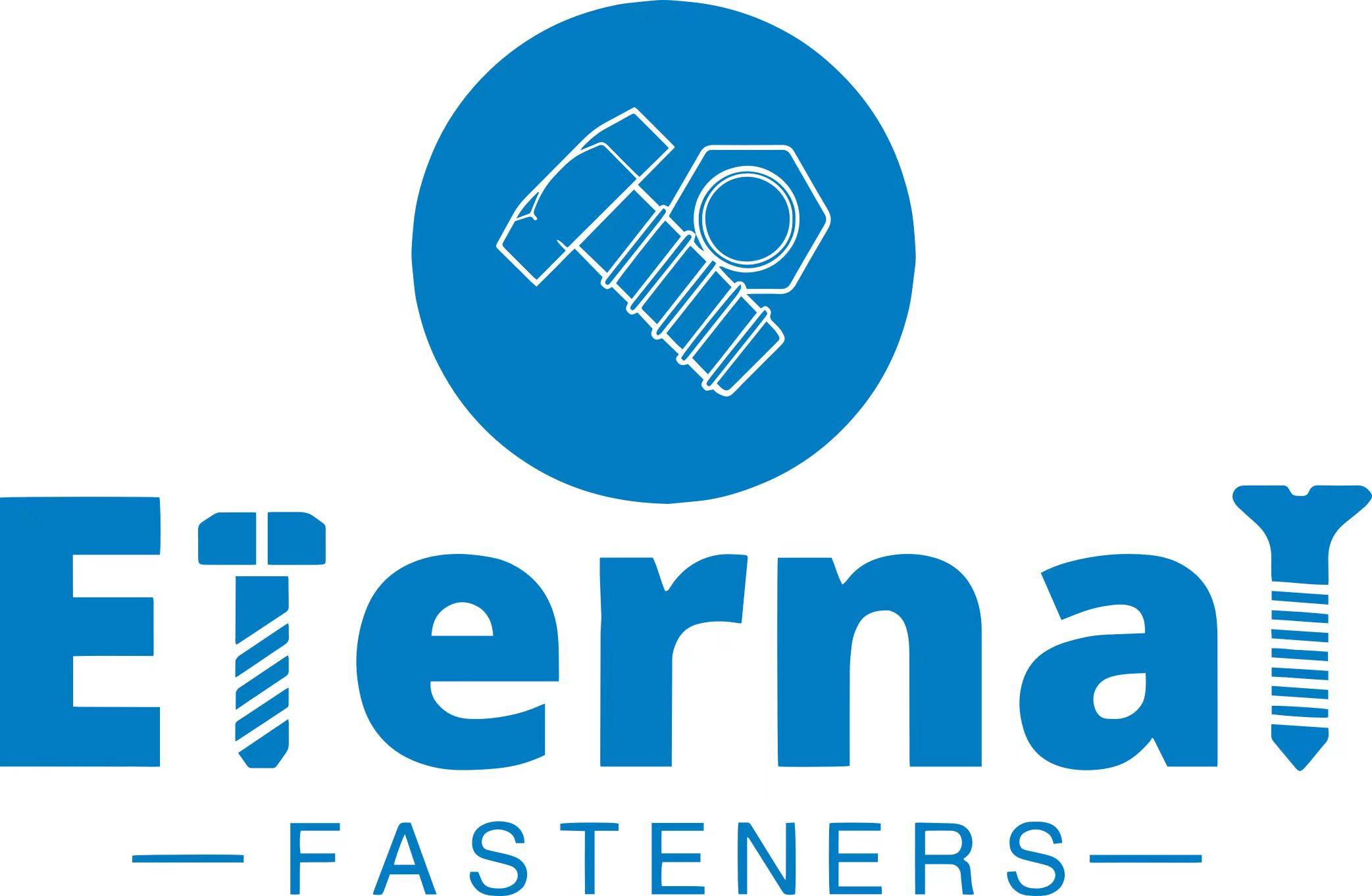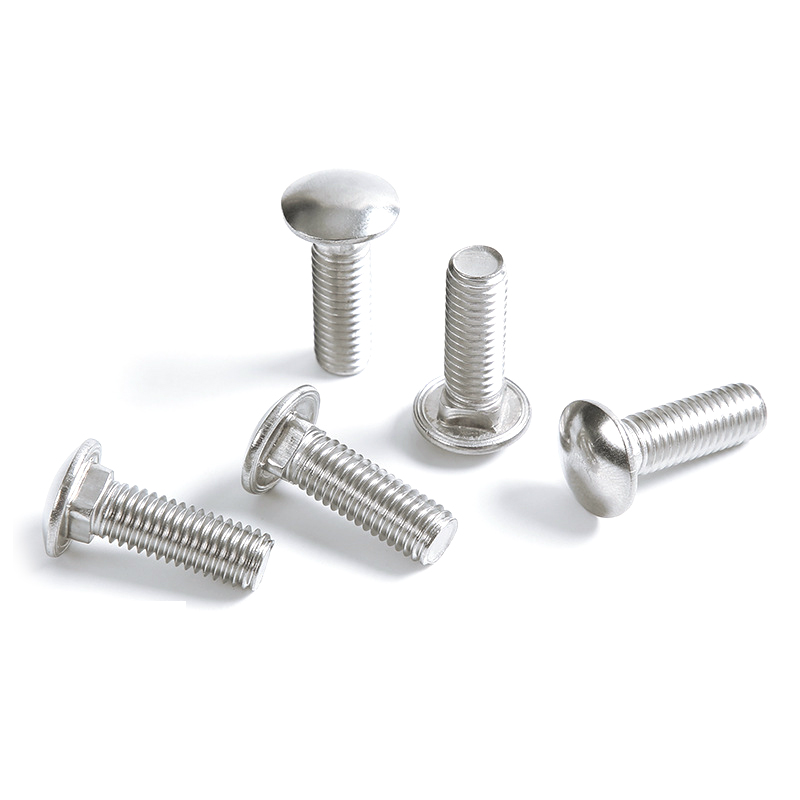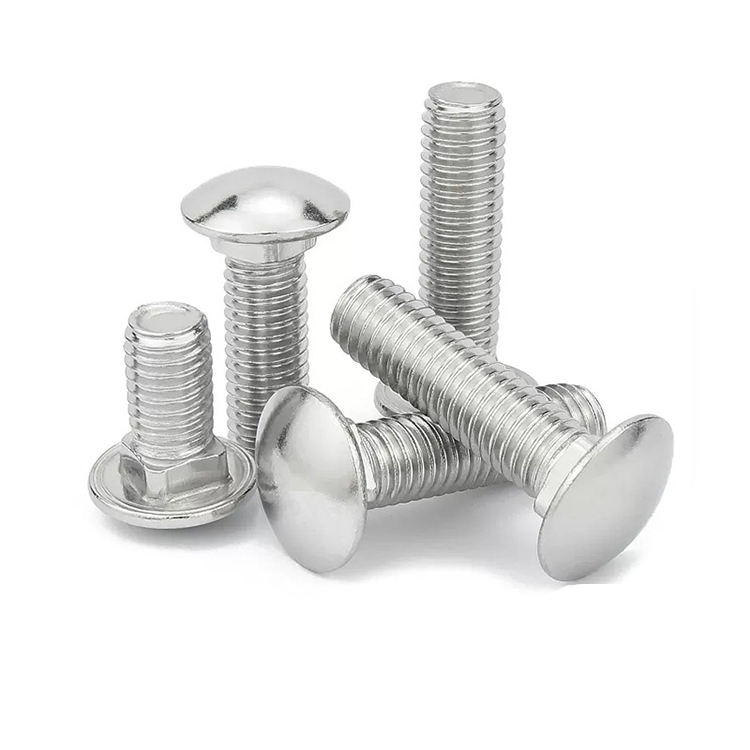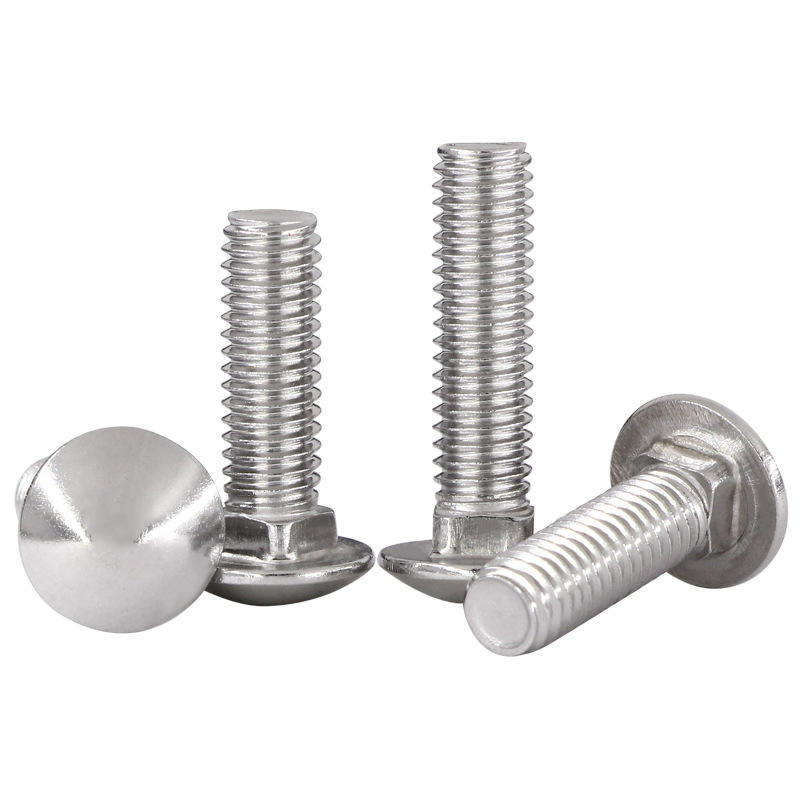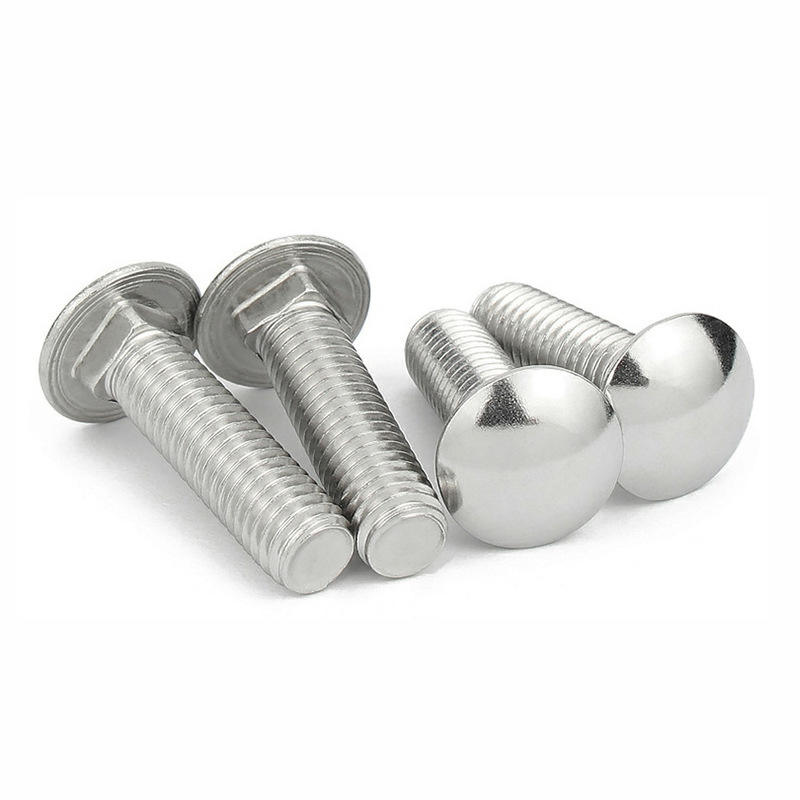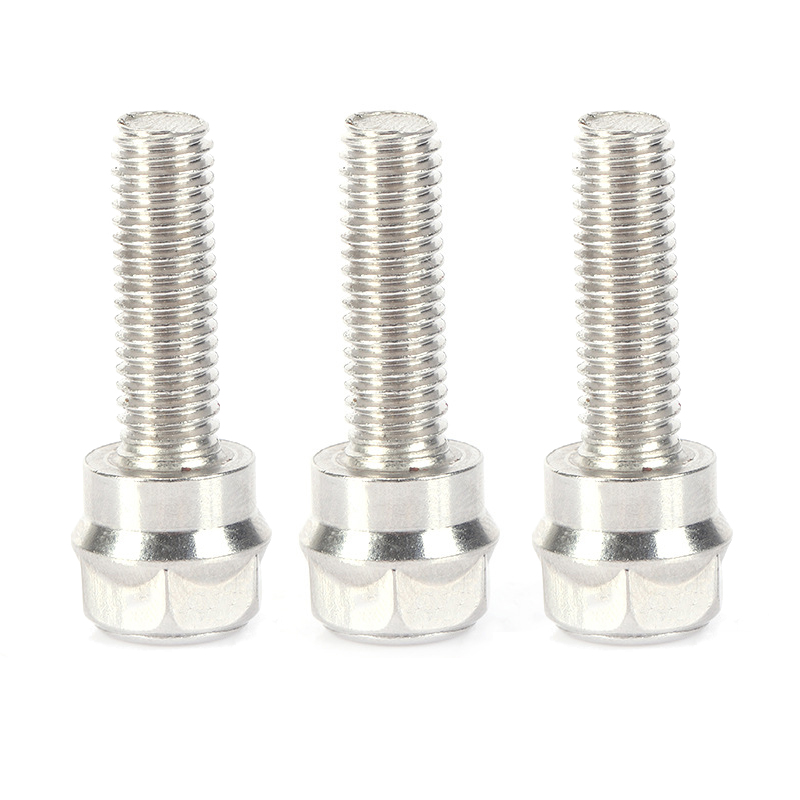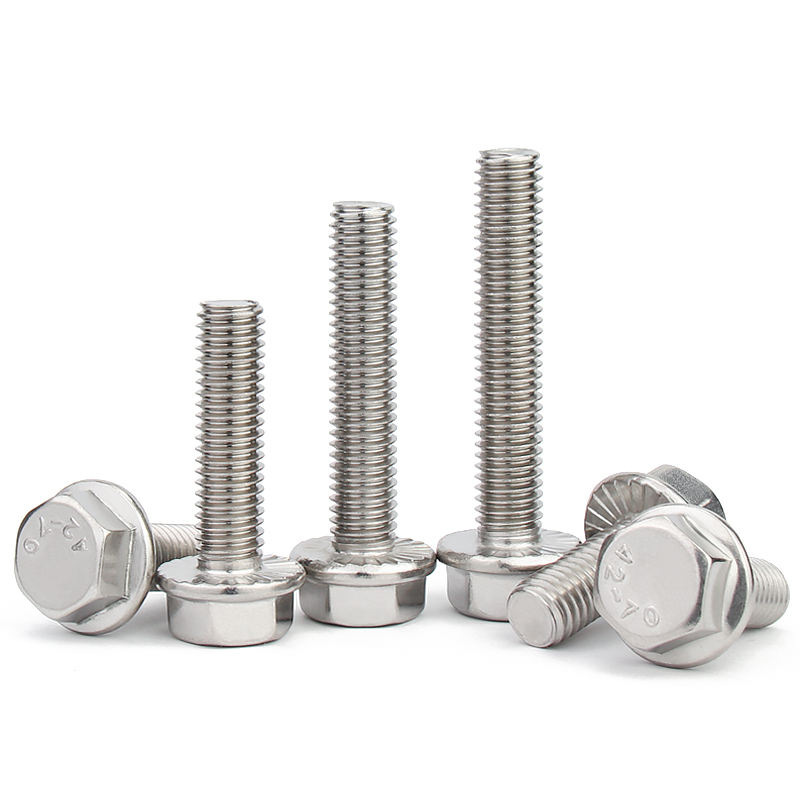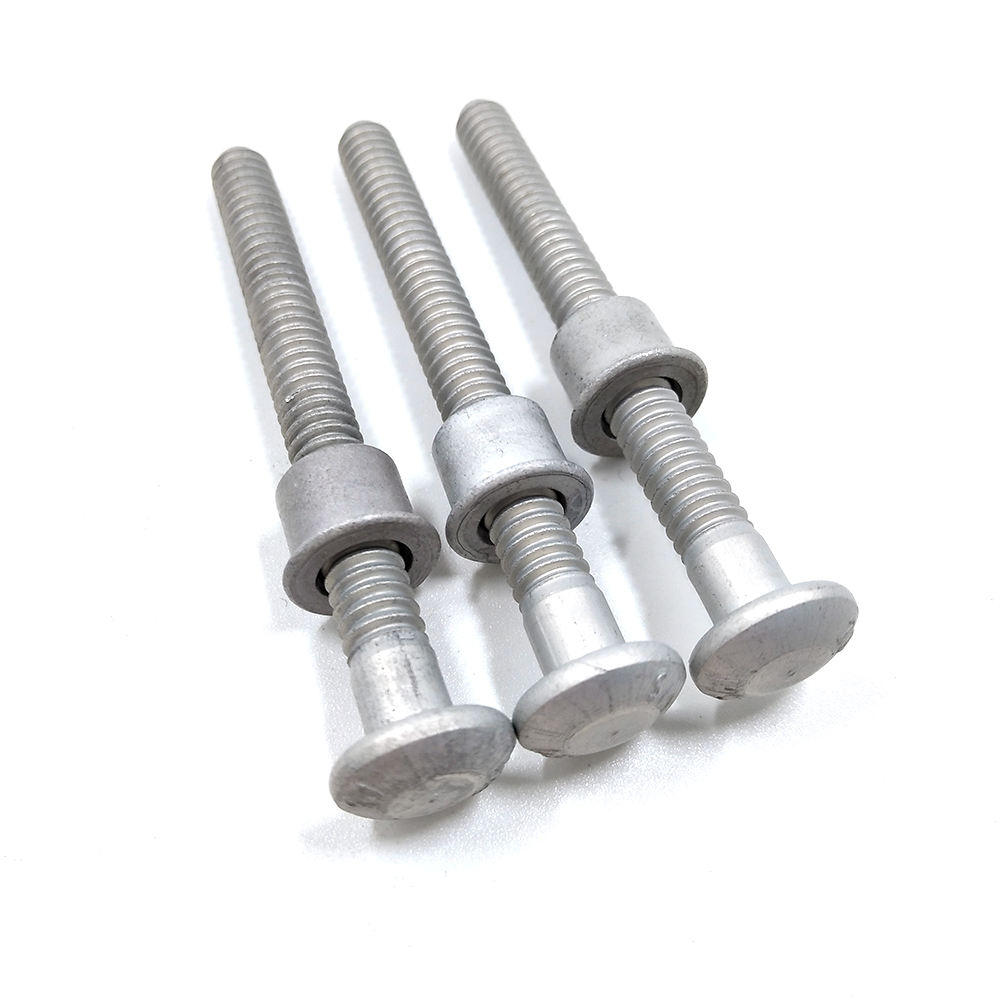Carriage Bolt
Standard: DIN, ASTM, JIS
Material: Stainless steel, Duplex Steel, Carbon Steel, Brass, Aluminum, etc
Plating: Zinc, Black Oxide, Dacromet, Geomet, Passivate, etc
Size: 1/4”-1”, M3-M48, Customized
MOQ: Accordingly to the size
Description
What is Carriage Bolt?
A carriage bolt, also known in some regions like Australia and New Zealand as a cup head bolt, is a type of bolt characterized by a smooth, rounded head with a square section underneath. This square section, referred to as the ‘neck,’ is designed to fit into a square hole or to be seated into a material to prevent the bolt from turning when tightened.
Here’s how it works:
- The carriage bolt is inserted through pre-drilled holes in the materials being fastened together.
- The square neck is seated into the material, which might involve pulling it into wood, for instance, to keep it from turning.
- Once the square neck is seated, a washer can be placed over the threaded end protruding on the other side, followed by a nut.
- When the nut is tightened, the head of the carriage bolt remains stationary due to the grip of the square neck, allowing for a secure fastening without the need for a tool to hold the bolt head.
Carriage bolts are commonly used in wood construction, particularly for outdoor furniture, decks, and fencing where a smooth finish is desirable on the bolt head side to prevent snagging and to provide a more aesthetically pleasing appearance. The threads are usually partial, with a non-threaded shoulder extending some length from the head, which allows for a stronger and sturdier fit in wood.
